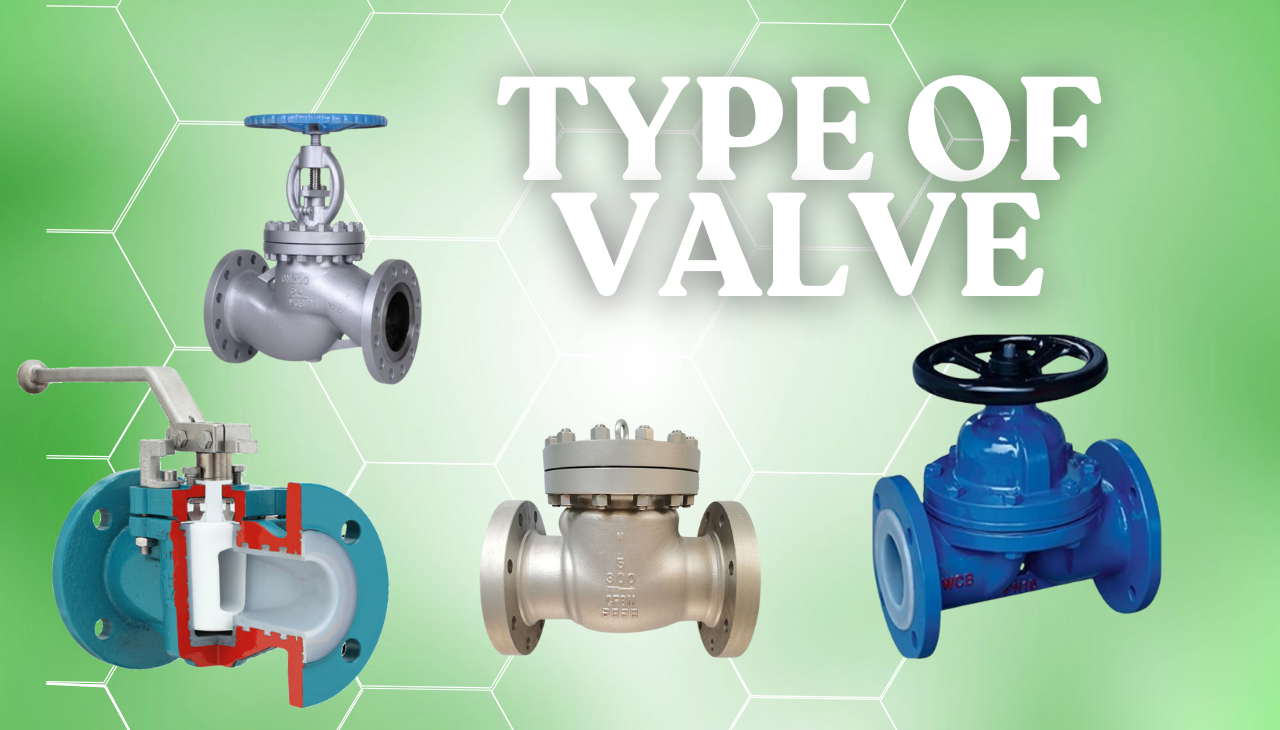Valves are essential components in various industries, including oil and gas, water treatment, manufacturing, and power generation. They control the flow, pressure, and direction of fluids (liquids, gases, or slurries) within a piping system. Choosing the right valve type is crucial for ensuring efficiency and safety in any system. In this comprehensive guide, we will explore different types of valves, their working principles, applications, and images to help you understand them better.
1. Gate Valve
Gate valves are designed for on/off control of fluid flow. They feature a flat or wedge-shaped gate that moves perpendicular to the flow direction, providing a tight seal when closed.
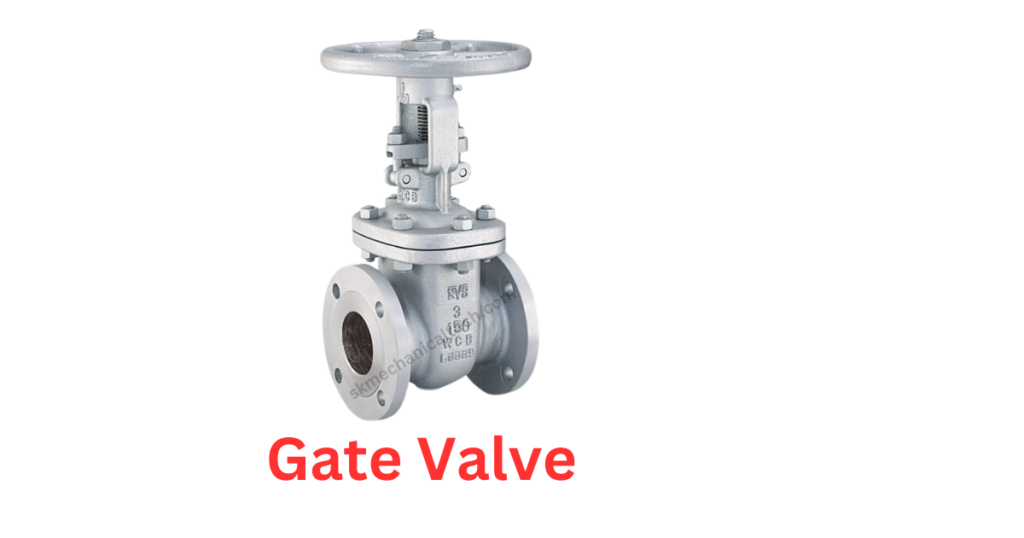
Working Principle
When the valve is fully open, the gate is lifted entirely from the flow path, allowing unobstructed flow. When closed, the gate lowers, completely stopping the flow.
Applications
- Water and wastewater systems
- Oil and gas pipelines
- Power plants
Advantages
- Minimal pressure drop
- Full bore design eliminates flow restriction
Disadvantages
- Not suitable for throttling applications
- Slow operation due to the long travel of the gate
2. Globe Valve
Globe valves are primarily used for throttling flow and controlling pressure in a pipeline. They have a spherical body shape with a movable disk.
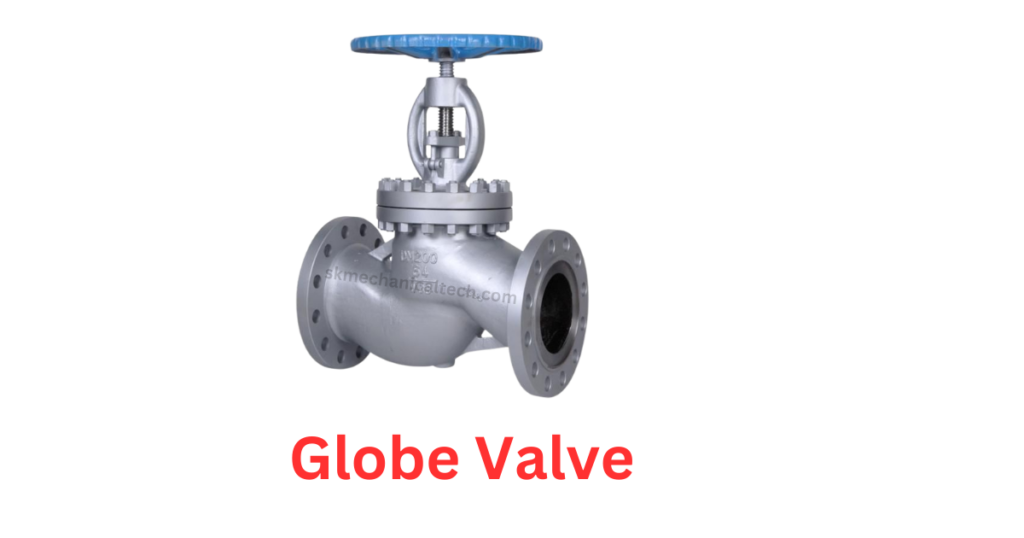
Working Principle
The valve opens and closes by moving a plug or disc against a stationary ring seat. This mechanism allows precise flow control.
Applications
- Steam systems
- Cooling water applications
- Fuel oil systems
Advantages
- Good throttling capability
- Tight sealing properties
Disadvantages
- Higher pressure drop compared to gate valves
3. Ball Valve.
Ball valves use a spherical ball with a hole through the center to control fluid flow. They provide quick shutoff and minimal pressure drop.

Working Principle
When the handle is turned 90 degrees, the ball rotates to either block or allow flow.
Applications
- Gas pipelines
- Chemical processing
- HVAC systems
Advantages
- Fast operation
- Low maintenance
Disadvantages
- Not suitable for throttling
4. Butterfly Valve
A butterfly valve consists of a rotating disc mounted on a shaft. It is commonly used for regulating flow in large-diameter pipelines.

Working Principle
The disc rotates 90 degrees to either fully open or close the valve, allowing for quick operation.
Applications
- Water supply systems
- Fire protection systems
- HVAC applications
Advantages
- Lightweight and compact
- Quick operation
Disadvantages
- Not suitable for high-pressure systems
5. Check Valve
Check valves prevent backflow in a pipeline and operate automatically.
Working Principle
Fluid flow opens the valve, while reverse flow closes it using gravity or a spring mechanism.
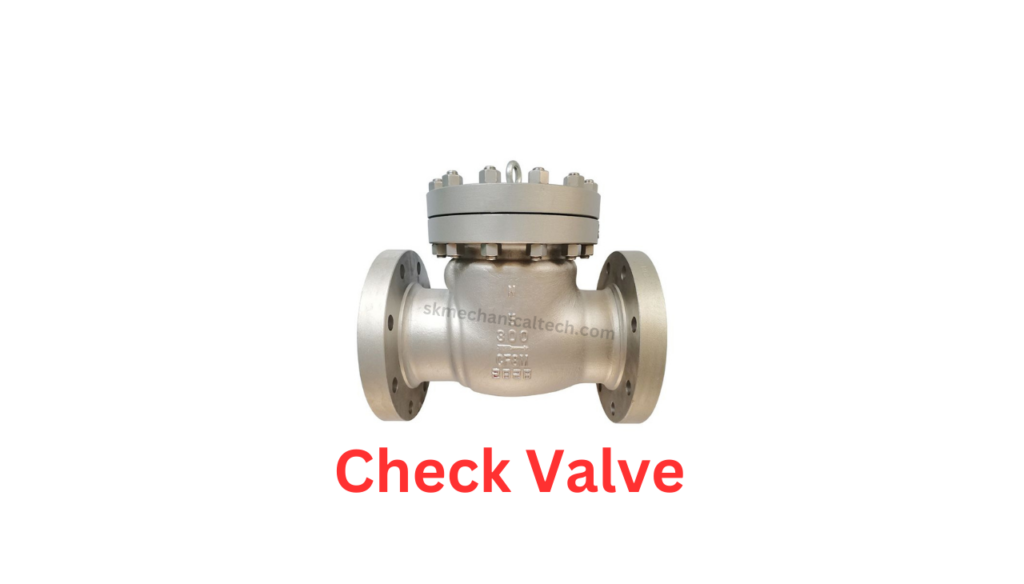
Applications
- Pump discharge lines
- Water and wastewater treatment
- Gas pipelines
Advantages
- Prevents backflow
- Requires no manual operation
Disadvantages
- Potential for wear and failure over time
6. Diaphragm Valve
Diaphragm valves use a flexible membrane to control fluid flow.
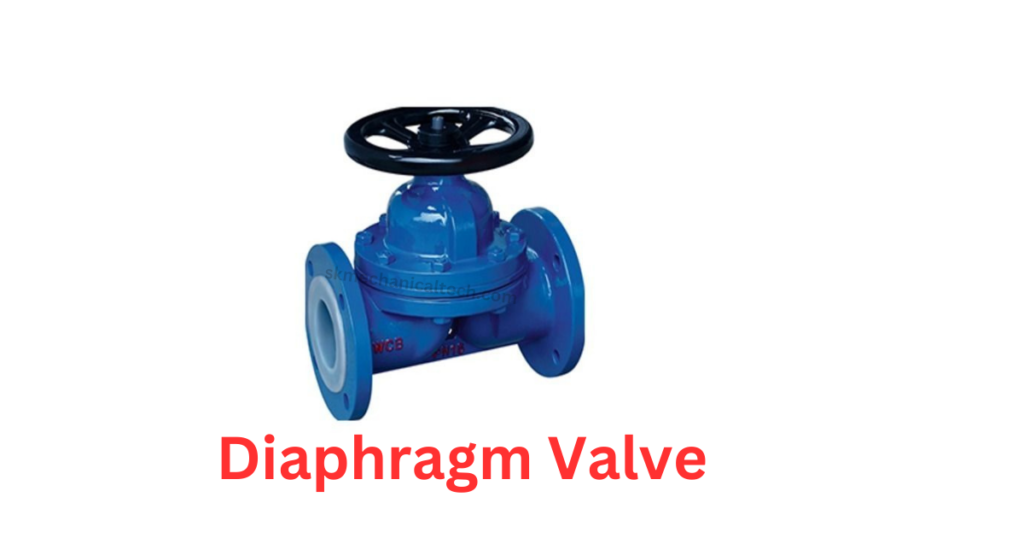
Working Principle
The diaphragm is pressed against a seat to close the valve and lifted to allow flow.
Applications
- Pharmaceutical industry
- Food processing
- Chemical industries
Advantages
- No leakage
- Suitable for sanitary applications
Disadvantages
- Limited to low-pressure applications
7. Plug Valve
Plug valves have a cylindrical or tapered plug with a hole that aligns with the pipe to allow flow.
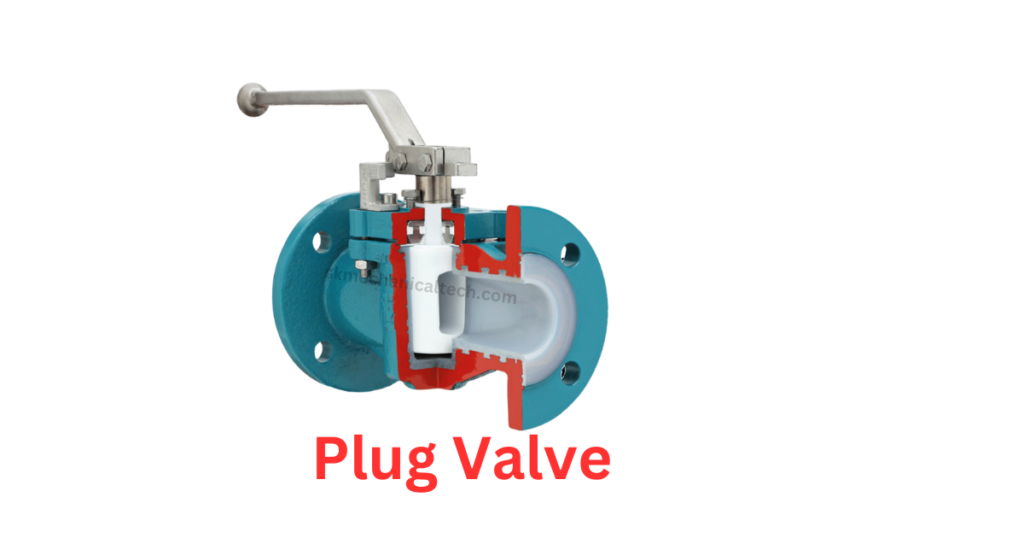
Working Principle
The plug rotates within the valve body to control flow.
Applications
- Slurry and sewage systems
- Chemical processing
- Oil and gas pipelines
Advantages
- Simple design
- Easy maintenance
Disadvantages
- Higher operating torque
8. Pressure Relief Valve (PRV)
PRVs protect systems from overpressure by automatically releasing excess pressure.
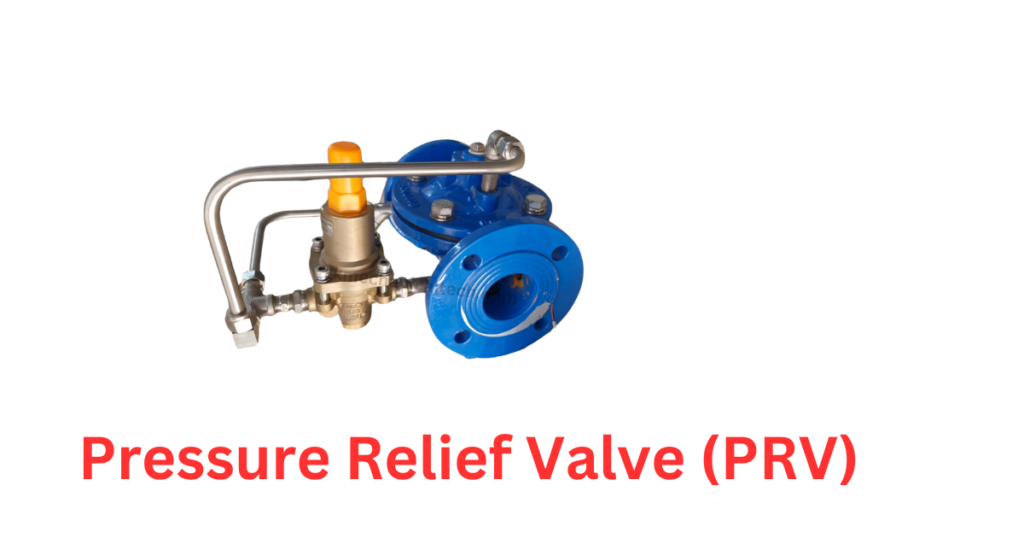
Working Principle
The valve opens when pressure exceeds a set limit and closes when normal pressure is restored.
Applications
- Boilers
- Gas storage systems
- Hydraulic systems
Advantages
- Ensures system safety
- Automatic operation
Disadvantages
- Regular maintenance required
9. Needle Valve
Needle valves provide precise flow control using a fine-threaded plunger.
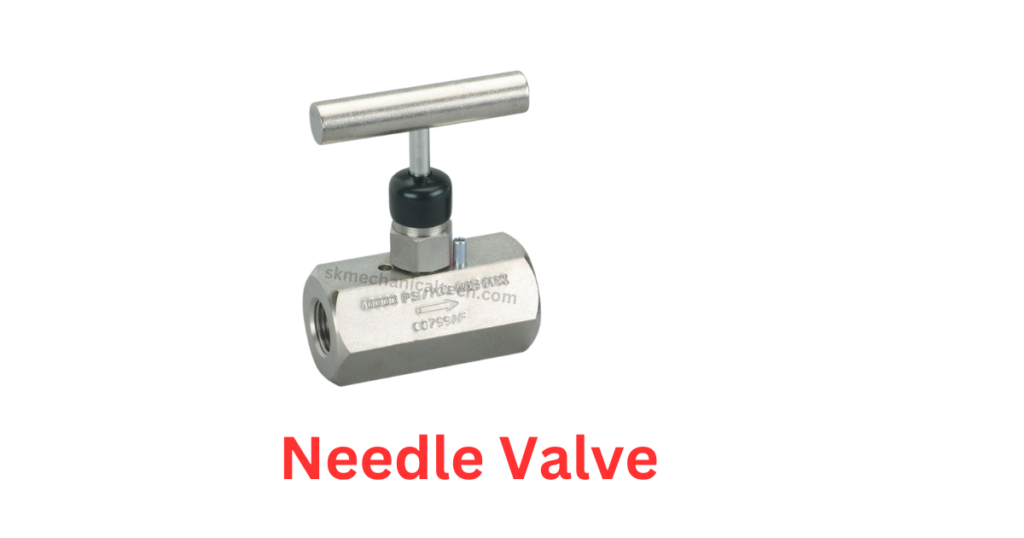
Working Principle
A sharp-pointed needle moves into or out of the seat to control flow.
Applications
- Instrumentation systems
- Hydraulic systems
Advantages
- Accurate flow control
Disadvantages
- Slow operation
read more-
- ASTM PIPE AND FITTINGS METALCODE AND CS, LTCS, DSS, SS.ALLOY STEEL
- How many types of pipe
- Pipe fitting hacks for beginners: master the basics!
10. Solenoid Valve
Solenoid valves are electrically controlled for automation.
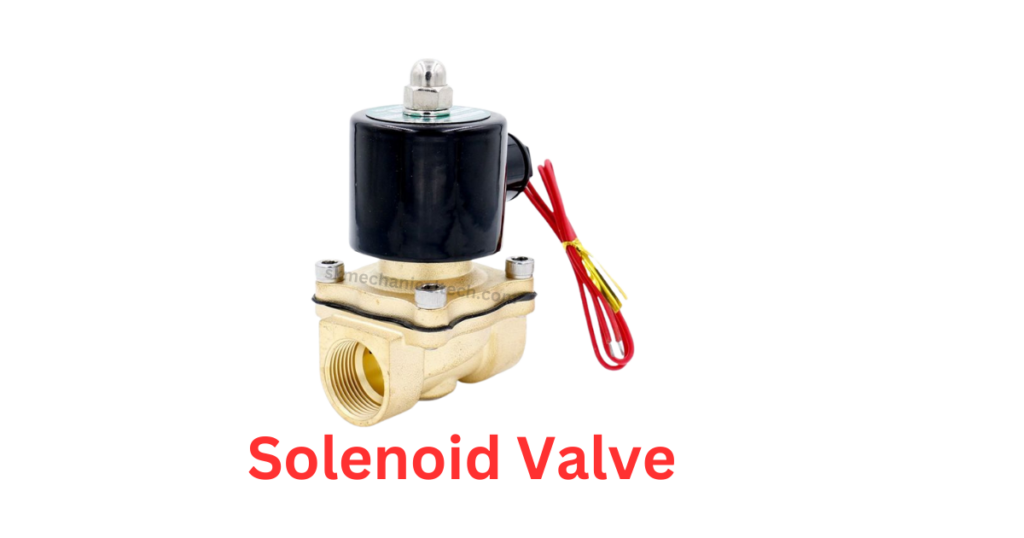
Working Principle
A solenoid coil moves a plunger to open or close the valve.
Applications
- Irrigation systems
- Fuel injection systems
Advantages
- Fast and precise operation
Disadvantages
- Requires electrical power
Conclusion
Choosing the right valve depends on the application, fluid type, pressure, and control requirements. Understanding the differences between these valves helps in making informed decisions for industrial and commercial applications.
Would you like more details on a specific valve type? Let us know in the comments!
